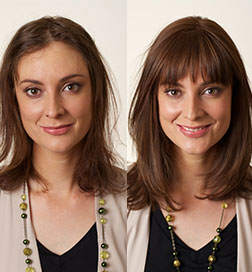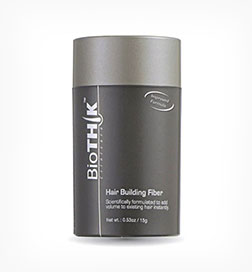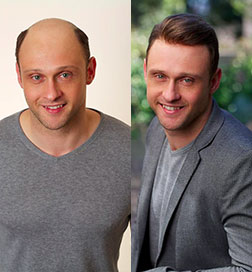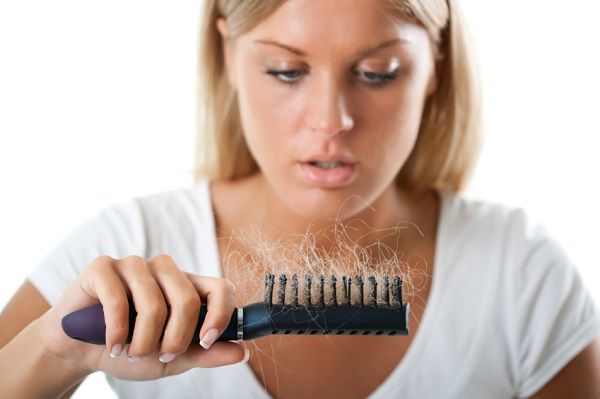Hair growth and loss is a complicated process. Hair not only grows and sheds at different rates for everyone depending on many genetic and lifestyle factors, but our hair also transmits sensory information. Scientists have studied the distinct stages to understand hair growth and to find ways to prevent premature hair loss. Each stage follows its own timeline, which can be affected by genetics, nutrition, age, and health.
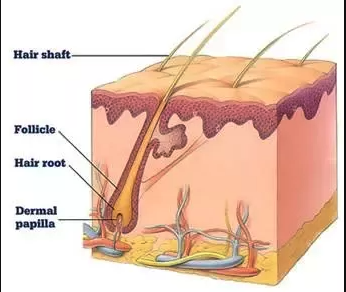
Our hair has two components: the follicle and the shaft. The hair follicle resides in the skin and cannot be seen, while the shaft is visible above the scalp and is what we see when we look at someone’s ‘hair’. The follicle stretches from the epidermis to the dermis and is made up of several layers, each having a specific function. The dermal papilla lays at the follicle’s base and contains capillaries that nourish the cells. The bulb, or root, surrounds the papilla at the bottom of the follicle and divides every 24 – 72 hours. The inner and outer sheaths surround the follicle and protect the hair shaft. All of these parts work tirelessly together to create what we know as hair.
In this blog we will go through the four stages of hair growth, from the anagen to the exogen, and what to expect during each.
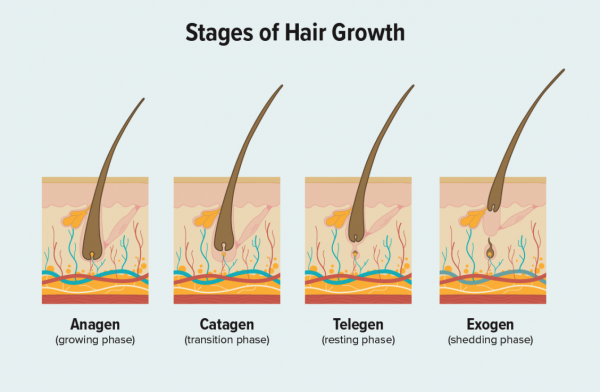
The First Stage of Hair Growth – Anagen
Also called the growing phase, anagen is the active stage of hair growth. It occurs when the cells in the root of your hair are rapidly dividing. When new hair is formed, it pushes club hair up the follicle. Club hair is hair that is no longer in the anagen stage and has stopped growing.
Your scalp hair stays in the anagen stage for a period of two to six years, growing about a centimetre every 28 days on average. Because everyone is different, our phases may last either longer or shorter durations. For example, some people may experience difficulty growing their hair past a certain length, while others may not.
Those who experience difficulty growing their hair may find it due to their anagen phase being significantly shorter than those who grow their hair long with relative ease.
The Second Stage of Hair Growth – Catagen
After the end of the anagen phase, the catagen phase begins – lasting between two and three weeks. During this phase, hair growth begins to slow, while the outer root sheath of the hair follicles shrinks down. At the catagen stage, your hair will begin to separate from the bottom of the follicle but will remain in place, forming club hair during the final days of hair growth.
This doesn’t happen to all your hair at once; only about 3-5% of your hairs are in the catagen stage at a time. The catagen stage is a transitional stage for your hair, which is why it may also be referred to as the transition phase. Although it is the second stage of hair growth, the catagen stage is also considered the first stage of hair loss.
The Third Stage of Hair Growth – Telogen
The telogen stage (also called the resting phase) lasts for about 3 months for hair on the scalp, accounting for between 6-8% of hair at a time. The club hair forms completely during this stage, and the hair follicle is at rest. Since the hair follicle is at rest, your hair will not grow during this phase. Hair that is plucked while in the telogen stage will have a solid white consistency at the root.
The telogen stage is sometimes referred to as the shedding phase, which is why you may see specialists referring to the three stages of hair growth with the telogen stage as the final stage. But many scientists have separated this into two stages, with the telogen and exogen stages representing resting and shedding, respectively.
In the telogen stage, you will lose around 100 hairs a day on average. You can lose more if your body undergoes an unexpected change or stressor, a condition known as telogen effluvium. Someone who suffers from telogen effluvium will have 30% of their hairs go into resting and lose about 300 hairs a day.
The Fourth Stage of Hair Growth – Exogen
As mentioned earlier, the exogen stage is seen as an extension of the telogen phase, and they are sometimes coupled together. During this stage, new hairs grow in the follicles and old hairs detach from the scalp and fall off. Hairs in the exogen stage are most noticeable after brushing, combing, or styling your hair. This shedding phase can last from two to five months, and you are expected to lose between 50 and 100 hairs a day.
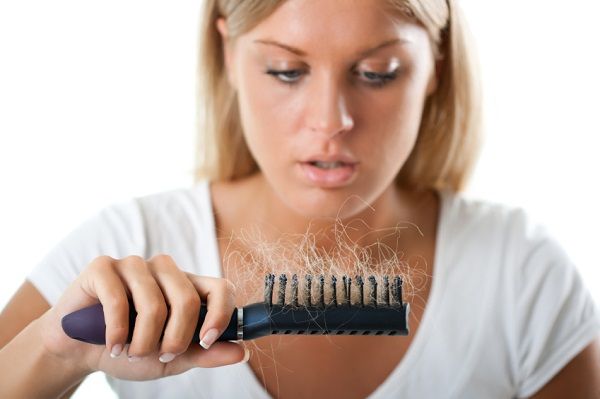
How Can Transitions Hair help?
Now that you know the four stages of hair growth and what the process typically looks like, you will be better positioned to understand what is going on with your hair. Should you notice that you are losing more hair than normal, it is important to seek professional help. That’s where Transitions Hair comes in.
Transitions Hair are Australian-based hair restoration specialists that have been serving the Australian population since the 1970s. As a member of Transitions International Group, we are a part of the most prestigious group of hair restoration professionals in the world.
Get in Touch with Transitions Hair for Your Hair Loss Needs Now!
The information and advice available on the internet can be confusing and misleading. We believe that the best way to treat your condition is to start with the right information. If you believe that you are suffering from hair loss, you must act fast and try to prevent the spread of hair loss before it is too late.
The most effective way to get to the root of your problem is to schedule a free, confidential consultation with us. If you’re ready to treat hair loss now, contact us and we will begin the journey to happy, healthy hair together.
